Tools for altering gene expression—CRISPRi, CRISPRa, CRISPRoff, and CRISPRon—and CRISPR-compatible cellular models are opening new research possibilities.



Circa 2015 Clues of the genetic material in vultures could give rise to humans that have immunity to nearly all bacteria and viruses.
WASHINGTON WASHINGTON (Reuters) — A diet of putrid rotting flesh may not be your cup of tea, but to the cinereous vulture, found across southern Europe and Asia, it is positively delightful. This tough bird, it turns out, is genetically wired to thrive on the stuff.
Researchers on Tuesday said they have sequenced the genome of this big scavenger, also called the Eurasian black vulture, identifying genetic traits that account for a stalwart stomach and powerful immune system that let it carry on eating carrion.
They pinpointed genetic features related to gastric acid secretion that help explain this vulture’s ability to digest carcasses and other features linked to its immune system defense against microbial and viral infections from decomposing flesh.
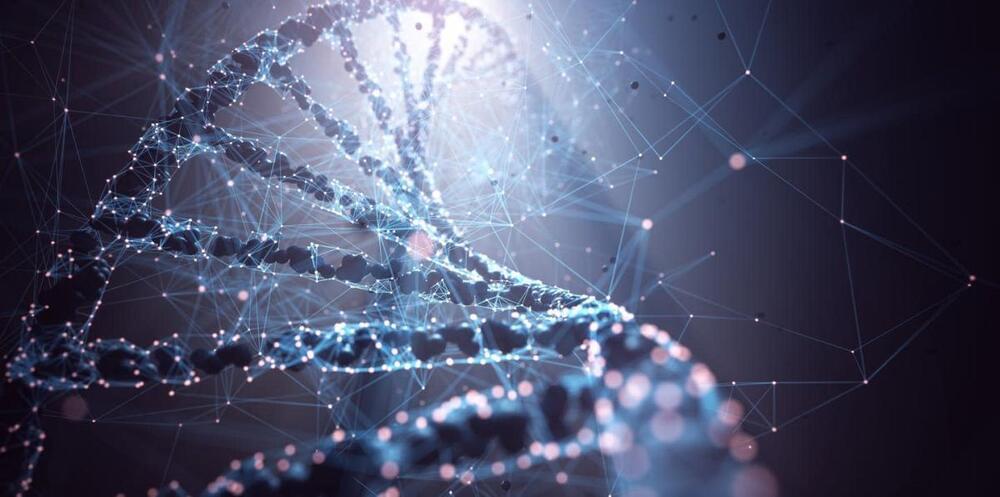
Why not eradicate disease for everyone?
Zolgensma – which treats spinal muscular atrophy, a rare genetic disease that damages nerve cells, leading to muscle decay – is currently the most expensive drug in the world. A one-time treatment of the life-saving drug for a young child costs US$2.1 million.
While Zolgensma’s exorbitant price is an outlier today, by the end of the decade there’ll be dozens of cell and gene therapies, costing hundreds of thousands to millions of dollars for a single dose. The Food and Drug Administration predicts that by2025it will be approving 10 to 20 cell and gene therapies every year.
I’m a biotechnology and policy expert focused on improving access to cell and gene therapies. While these forthcoming treatments have the potential to save many lives and ease much suffering, health care systems around the world aren’t equipped to handle them. Creative new payment systems will be necessary to ensure everyone has equal access to these therapies.

In order to find a way to trick the body into making new B cells, the researchers probed one of the ways that the body naturally replenishes its supply. Patients undergoing treatment for multiple sclerosis had their MBC stock depleted, at which point their body rapidly started to produce new B cells.
The team identified the specific hormones that shut B cell production down again once stores were replenished, and realized that deactivating the hormone results in the body producing extra B cells left and right. And going forward, they hope to turn that hormonal trick into a new rejuvenating treatment for the elderly and immunocompromised.
“We found specific hormonal signals produced by the old B cells, the memory cells, that inhibit the bone marrow from producing new B cells,” Melamed told The Jerusalem Post. “This is a huge discovery. It is like finding a needle in a haystack.”
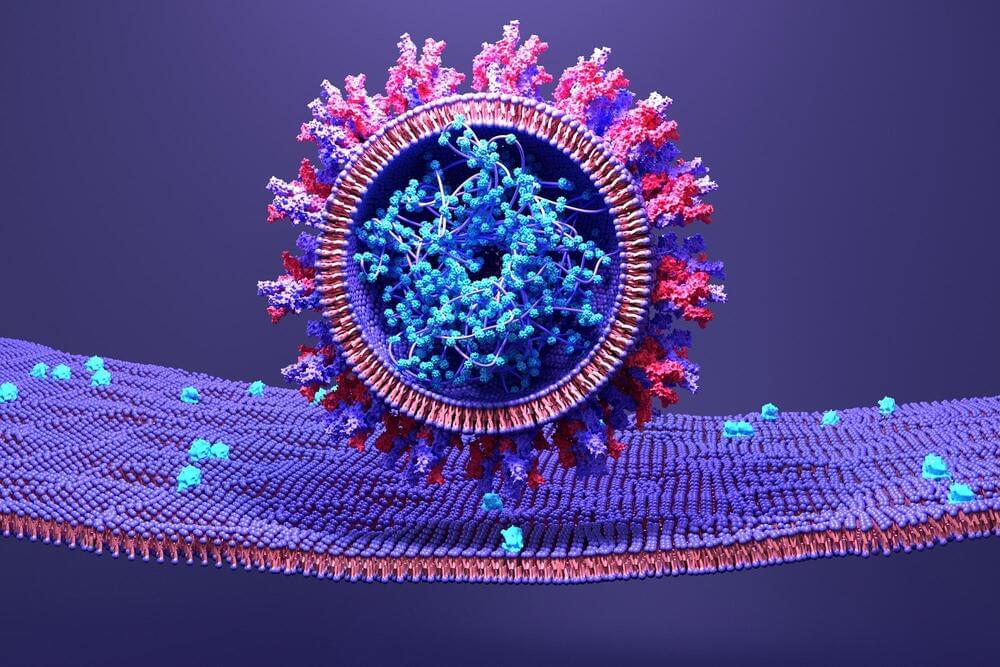
A structural model of the SARS-CoV-2 spike protein as the virus fuses with host human cells reveals an opportunity to disrupt dynamics and halt transmission.
Scientists have simulated the transition of the SARS-CoV-2 spike protein structure from when it recognizes the host cell to when it gains entry, according to a study published on August 31 2021, in eLife.
The research shows that a structure enabled by sugar molecules on the spike protein could be essential for cell entry and that disrupting this structure could be a strategy to halt virus transmission.
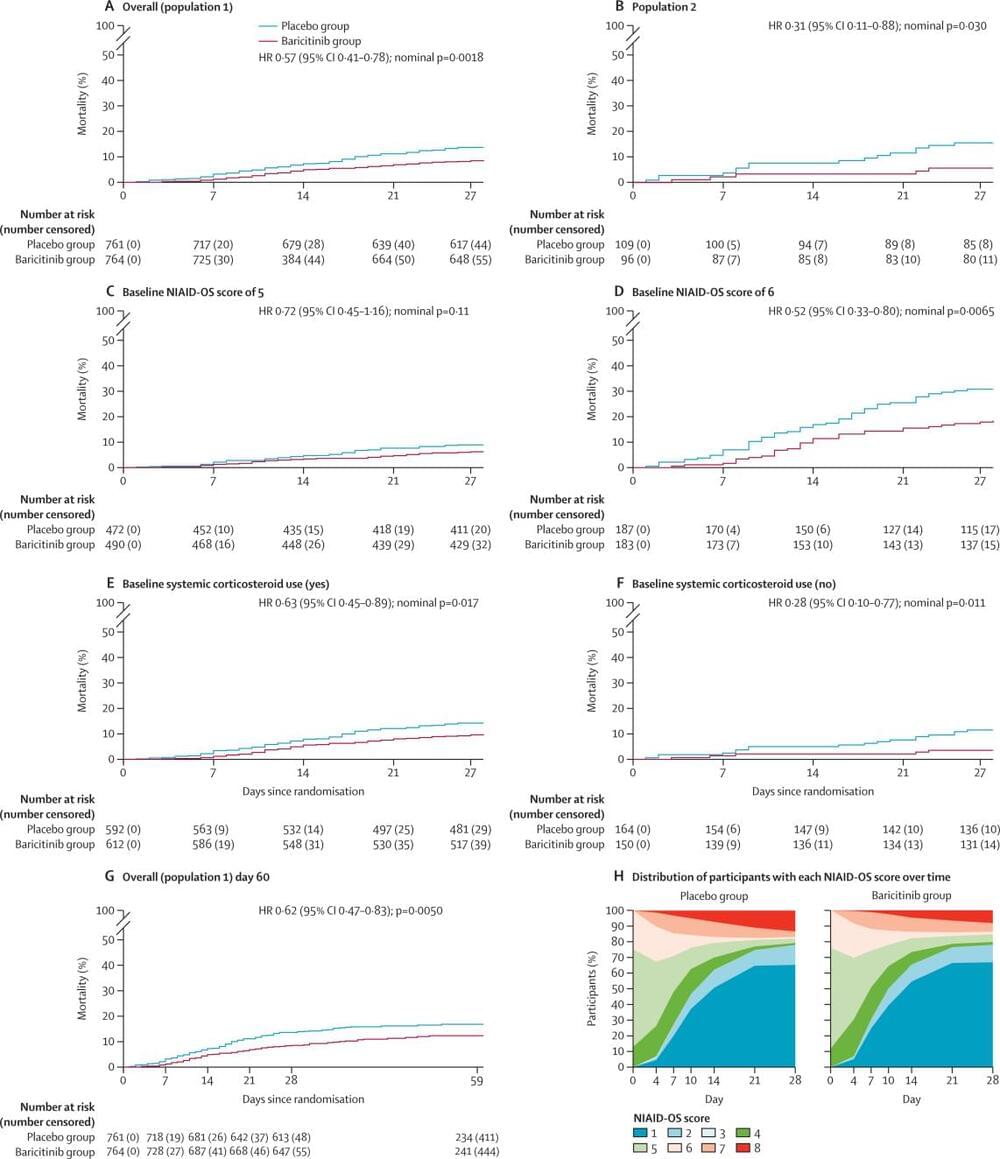
Baricitinib is an oral selective Janus kinase 1/2 inhibitor with known anti-inflammatory properties. This study evaluates the efficacy and safety of baricitinib in combination with standard of care for the treatment of hospitalised adults with COVID-19.
In this phase 3 double-blind, randomised, placebo-controlled trial, participants were enrolled from 101 centres across 12 countries in Asia, Europe, North America, and South America. Hospitalised adults with COVID-19 receiving standard of care were randomly assigned (1:1) to receive once-daily baricitinib (4 mg) or matched placebo for up to 14 days. Standard of care included systemic corticosteroids, such as dexamethasone, and antivirals, including remdesivir. The composite primary endpoint was the proportion who progressed to high-flow oxygen, non-invasive ventilation, invasive mechanical ventilation, or death by day 28 assessed in the intention-to-treat population. All-cause mortality by day 28 was a key secondary endpoint, and all-cause mortality by day 60 was an exploratory endpoint; both were assessed in the intention-to-treat population. Safety analyses were done in the safety population defined as all randomly allocated participants who received at least one dose of study drug and who were not lost to follow-up before the first post-baseline visit. This study is registered with ClinicalTrials-gov, NCT04421027.
Although there was no significant reduction in the frequency of disease progression overall, treatment with baricitinib in addition to standard of care (including dexamethasone) had a similar safety profile to that of standard of care alone, and was associated with reduced mortality in hospitalised adults with COVID-19.
Eli Lilly and Company.
For the French, Japanese, Portuguese, Russian and Spanish translations of the abstract see Supplementary Materials section.
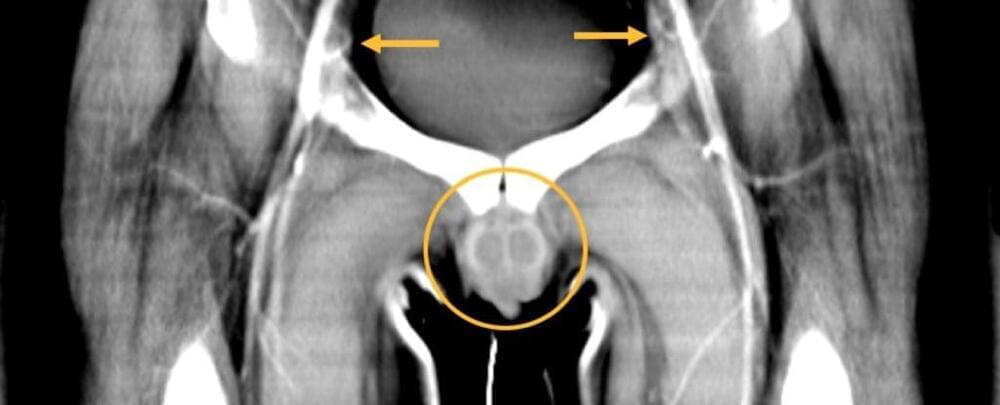
Over a year since the history-making operation, the recipient of the world’s first total penis and scrotum transplant – an injured veteran of the US Armed Forces – is “feeling whole” again and recovering well, doctors report in a case note on the pioneering procedure.
The man, who remains anonymous, was on patrol with his squad in Afghanistan when Taliban fighters ambushed them. As he went to give first aid to another soldier, he stepped on an improvised explosive device hidden on the road. In an instant, the blast took away much of the lower half of his body.
“I remember everything froze and I was upside down,” the man told MIT Technology Review. “I remember thinking a quick thought: ‘This isn’t good.’”

Nature’s pitfall trap: salamanders as rich prey for carnivorous plants in a nutrient-poor northern bog ecosystem.
Botanical carnivory is an evolutionary marvel of the plant kingdom that has long fascinated general onlookers and naturalists alike. Darwin even dedicated serious study to these “most wonderful plants in the world” (Darwin 1,875 Ellison and Gotelli 2009). Carnivory in plants has evolved multiple times across the world, often in wet, open, and nutrient-poor environments, as an alternative pathway of nutrient acquisition (Butler et al. 2005). Among carnivorous plants, the pitcher plants (family Sarraceniaceae), and specifically the northern pitcher plant (Sarracenia purpurea purpurea L.), intrigued early natural historians (e.g., Macbride 1,815 Riley 1,874 James 1883). Sarracenia purpurea is found across eastern North America, from the Gulf Coast of Florida north to Nova Scotia and west to the Rocky Mountains (Schnell 2002), making it the subject of early and contemporary observational and experimental studies. Naturally, much research has focused on the ability of these fascinating plants to capture prey and make use of prey nutrients. The specialized bell-shaped leaves of these pitcher plants collect rainwater in which prey dies, decomposes, and breaks down because of both inquiline microorganisms (aquatic larval insects, rotifers, mites, protozoa, and bacteria) that live within the pitcher and digestive enzymes produced by the plant. These digestive actions liberate nutrients for plant growth and reproduction (Adlassnig et al. 2011).
Click on the article title to read more.
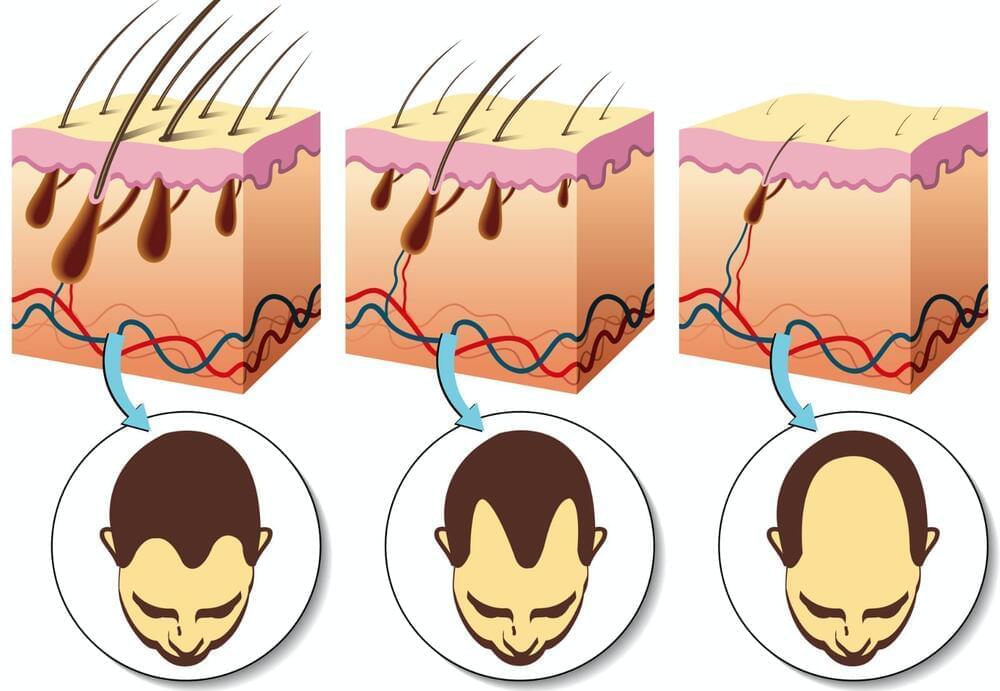
Recent advances have put some interesting possibilities on the table when it comes to tackling hair loss, from topical solutions packed with stem cells, to 3D-printed hair farms, to growing hair with a patient’s own cells. Scientists in China are now throwing another one into the mix that uses a dissolvable microneedle patch to stimulate hair growth, with the technology proving high effective in mouse models of hereditary pattern baldness.
Led by scientists at China’s Zhejiang University, the researchers set out to develop new treatments for the most common of hair loss conditions: male-and female-pattern baldness, also known as androgenic alopecia. The scientists sought to tackle the issue by focusing on what they say are the primary mechanisms behind this, namely oxidative stress and poor circulation.
This relates to the combination of accumulating reactive oxygen species in the scalp that kill off the cells behind new hair growth, and a lack of blood vessels around the follicles to provide them with nutrients and essential molecules. In this way, the team hoped to come up with a two-pronged approach to androgenic alopecia, and their solution starts with previous research carried out on liver injuries and Alzheimer’s.
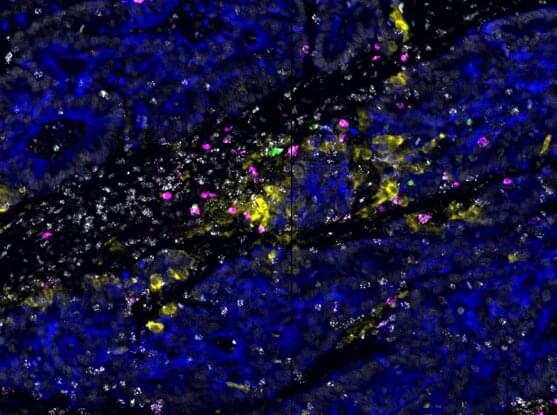
A tumor in the human body is like a city at war, bustling with cancer cells, immune cells, blood vessels, signaling molecules and surrounding tissue. A simple census of these players will provide some basic information on their battle, but won’t tell you their organization or strategy.
A team of researchers has gained new insight into this organization. They have discovered that immune cells in some human colorectal tumors gather together in clusters, like soldiers mobilizing in formation. By using a unique combination of single-cell profiling and imaging technologies, along with newly developed data analysis approaches, the scientists found a level of spatial organization of cells not observed before in tumors.
The findings, published in Cell, point to networks of interacting immune cells in certain types of colorectal tumors that tend to be more readily “seen” by the immune system. This suggests that cancers containing these hubs may be more likely to respond to cancer drugs called immunotherapies, which spur the immune system to kill cancer cells. The scientists, from the Broad Institute of MIT and Harvard, Massachusetts General Hospital, MIT, the Evergrande Center for Immunologic Diseases at Brigham and Women’s Hospital and Harvard Medical School, and Dana-Farber Cancer Institute, say the study could shed light on how to make other tumors more responsive to such treatments.